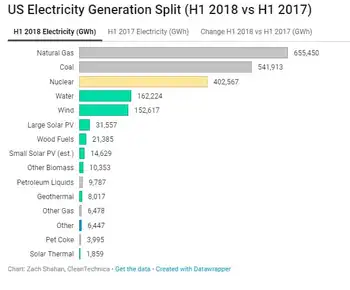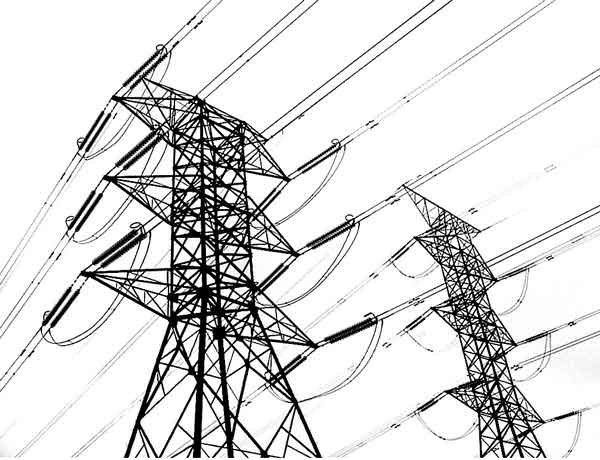Europe's 'Supergrid' project takes step forward
The creation of an offshore electricity grid will allow Europe to effectively capture and transmit the electricity produced from the 150-gigwatts GW of offshore wind energy projects planned for between now and 2030. If implemented, offshore energy will account for about 16 of Europe's total electricity demand.
The supergrid is a key pillar in last month's announcement by the European Union EU that Europe will spend 1 trillion euros US $1.38 trillion over the next 10 years to create a single energy network.
Ministers from 10 countries that form the North Seas Countries Offshore Grid Initiative signed a memorandum of understanding in Brussels. The countries involved are Sweden, Denmark, Germany, the Netherlands, Luxembourg, France, the United Kingdom, Ireland, Norway and Belgium. This is the first time that so many European nations have agreed on a coordinated approach to offshore windfarm development and infrastructure investment.
Political support for a European offshore supergrid was announced last December, but it has taken a year to get the countries involved to commit to a more formal agreement.
"This is the best policy decision taken in the EU since the 20-20-20 renewable energy and energy efficiency targets," said Eamon Ryan, Ireland's Energy Minister. "This infrastructural project is set to be one of the biggest transnational power structures worldwide. It will ultimately connect offshore windfarms in Northern Europe, allowing countries with surplus energy to export to those with higher demand."
"The offshore grid in the North Sea and its connection to northern and central Europe has been identified as one of the priorities in matters of electricity," said Günther Oettinger, European Commissioner for Energy. "It is very encouraging to observe that today EU member states and Norway are taking this significant step ahead by signing the memorandum of understanding."
The signing of the memorandum has been welcomed widely by European electricity grid, industry and wind organizations.
"The European Commission has highlighted that 140 gigawatts of offshore wind power capacity is currently being planned," said Christian Kjaer, Chief Executive Officer of the European Wind Energy Association. "For us, Europe's wind energy industry, the memorandum is an indispensable step to create an offshore electricity grid, critical for developing a single European market for electricity and for allowing offshore windfarms to plug into that grid."
Related News

The Need for Electricity During the COVID-19 Pandemic
WASHINGTON - Dominion Energy (D) expects "incremental residential load" gains as a result of COVID-19 fallout. Southern Company CEO Tom Fanning says his company is "nowhere near" a need to review earnings guidance because of a potential recession.
Sempra Energy (SRE) has reaffirmed earnings per share guidance for 2020 and 2021, as well timing for the sale of assets in Chile and Peru. And Xcel Energy (XEL) says it still "hasn’t seen material impact on its business."
Several electric utilities have demonstrated ability to tap the bond market to lock in low-cost financing, despite ongoing turmoil. Their ranks include Dominion Energy, renewable…





